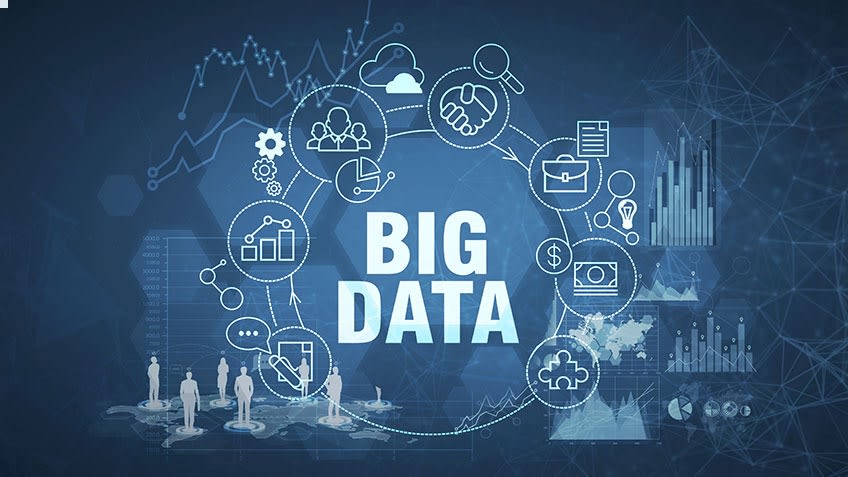The end result of any data exploration technique is effective data visualization. Data visualization is the art of communicating the results of data exploration to a wide range of audiences. Data visualization also helps in understanding the various distribution patterns of data sets and it also aids in the comprehension of relationships between various variables. Data visualization comes under the larger domain of Big Data Analytics. Needless to mention, data visualization is the most important part of any big data course online. There are various types of data visualization techniques that are used to represent complex data entities as well as their variation in a simplified way. Whenever we are given low-volume data, we can easily use a scatter plot to represent this information. We may also use bar plots to represent information that varies according to a single variable. Similarly, the Cleveland dot plot is also an important method of data representation and visualization. One of the most popular and practical ways of representing time-bound information is a histogram. A histogram can be continuously expanded to form a density plot. A lesser-known form of data representation is called stem and leaf plot. In this article, we take a look at the various data visualization techniques that are most popular in the big data era.
Dot chart
Dot chart represents a very simplified version of data points plotted on a linear scale. It is very easy to create a dot plot with the help of the dot chart function in R. In a similar way, we can create a bar plot in R depending upon the values of a vector or a matrix that we are provided with. The dot charts were created as early as 1884 and they have been popular to date. They are used to represent various functions in a wide range of industrial domains. For instance, we can use the dot chart to represent the production matrix of the manufacturing industry. In a similar way, we can represent the fuel consumption, mileage, and performance of various kinds of automobiles using a dot chart with a high degree of precision.
Histogram
A histogram is used to represent a wide range of data set into some user-specified points. It is important to understand the utility of a histogram in the process of data analytics lifecycle. We may often observe a lot of anomalies in the data during the collection phase itself. When the given number of data sets are largely skewed, we can represent them using the logarithmic representation over a histogram. A histogram is one of the most important tools that is used in applications like census and gives a visual representation of metrics like age, gender, occupation, etc. A histogram is also one of the most important tools of data representation when it comes to displaying information on a local level. For instance, a histogram can be used to plot the household income of various occupational groups in a specific area.
The case of multiple variables
We need to deal with multiple variables and also find a suitable relationship between them when it comes to various cases of data visualization. This is where scatterplot comes in very handy. Using a scatter plot, we can represent various data types with multiple variables in a simplified manner. A Scatter plot is used to represent as many as five variables. However, it needs to be noted at this point in time that a scatter plot is a two-dimensional graph that represents two variables along the X and Y axes. The third, fourth, and fifth variables are represented by size, color, and shape respectively. In generic terms, we usually represent two to four variables on a scatter plot so that the information becomes easier to understand. The scatter plot has a very close relationship with statistical techniques like linear regression. Linear regression is also extensively used in machine learning. The relationship between two variables in a scatter plot can be in the form of a straight line, an exponential curve, or even a parabola. The trajectory of the above curves can be used to understand the relationship between various variables.
Concluding remarks
There are other techniques of data visualization that are relatively less common. These include box and whisker plots, hexbinplot (for representation of larger datasets), scatterplot matrix, and the like. These data visualization techniques have played a great role in not only communicating exploratory results to the audience but also allowing amateurs to understand complex information in a simplified manner.
